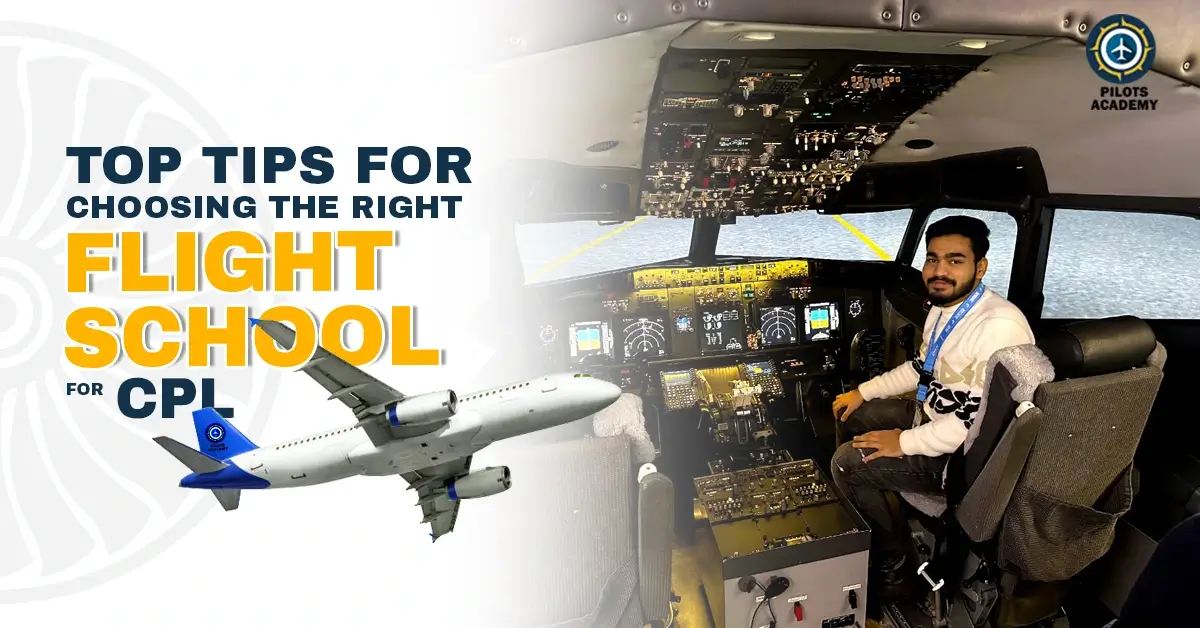Embarking on a journey to become a commercial pilot is as thrilling as it is challenging. Choosing the right Commercial Pilot License (CPL) flight training program is one of the most vital decisions you’ll make in your aviation career once you are done with your CPL Ground Class. With countless national and international CPL flight training programs, narrowing down the perfect fit can be overwhelming. Your decision will impact not just your learning journey but also your career in aviation.
To make this critical choice simpler, we’ve crafted a guide that will walk you through the steps to help select the best CPL flight training course that aligns with your dreams, budget, and career aspirations.
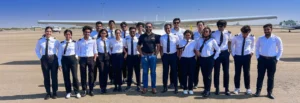
Why Choosing the Right CPL Training Matters
A CPL is more than just a license. It’s the gateway to your career as a professional pilot. The right training program lays the foundation for your skills, confidence, and readiness to take to the skies. At Pilots Academy, we understand that every aspiring pilot’s journey is unique. That’s why we’ve created this guide to help you make an informed choice.
Factors to Consider for CPL Flying Training
1. Assess Your Goals and Requirements
Meeting just the CPL training requirements is not enough. Before diving into the list of training schools, take a
moment to define your career goals. Your goals will dictate the type of training and additional qualifications you
need.
For instance, if you’re eyeing international airlines, choose a school that meets global standards and offers
tie-ups with overseas institutions. A well-rounded CPL training program should offer flexibility, advanced
modules, and pathways to help you achieve these objectives.
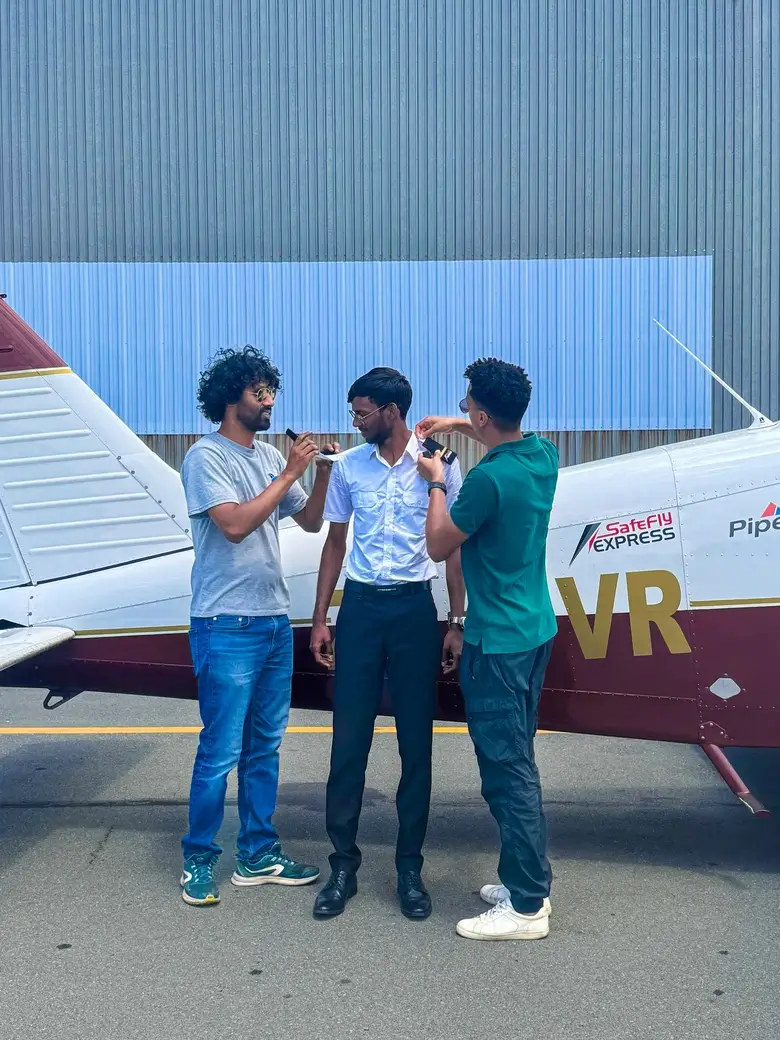
| Questions to Ask Yourself: |
|
2. Research Accredited Flight Schools
Accreditation ensures the training program meets regulatory standards. Look for schools approved by aviation authorities such as the FAA (in the USA), EASA (in Europe), or DGCA (in India).
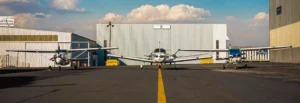
| What to Look For in a Flight School: |
|
3. Location and Training Environment
The location of your flight training can significantly impact your experience. Weather conditions, airspace complexity, and operational challenges in the training area play a huge role in shaping your skills.
| Key Considerations While Choosing Location |
|
4. Fleet, Facilities, and Instructor Expertise
The type of aircraft and facilities at the training school are critical. A modern fleet ensures safety and helps you learn the latest aviation technologies. However, your instructors will have a direct impact on your learning curve. Choose a program with experienced instructors who not only have stellar flying records but also excel at teaching.
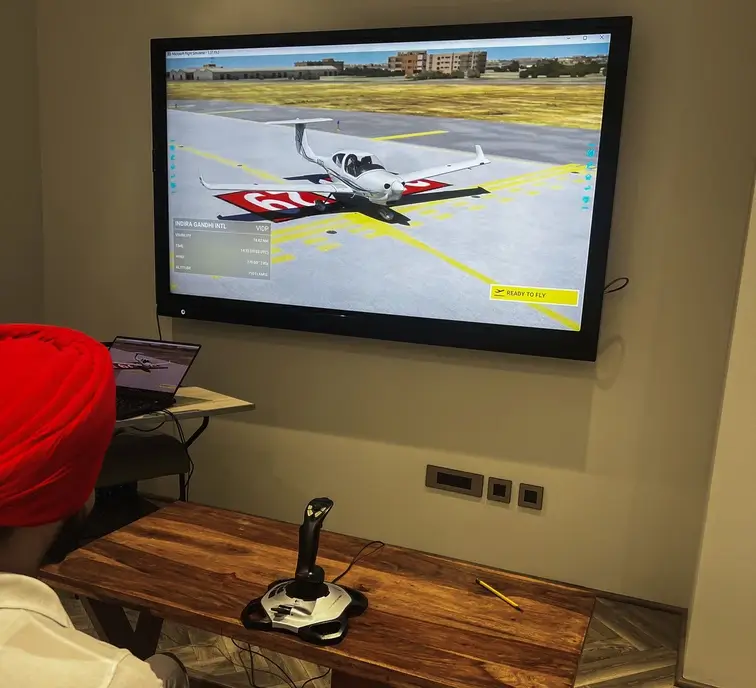
| Aspects to Look For: |
|
5. Cost and Financing Options
While quality training is essential, it’s also crucial to work within your budget. CPL training is an investment, and many aspiring pilots find themselves overwhelmed by the financial aspect.
| Budget Tips to FInd Affordable CPL Training Options: |
|
6. Check for Career Assistance and Tie-Ups
The ultimate goal of CPL training is to land your dream job. Choose a program that offers career counseling, airline tie-ups, and placement assistance.
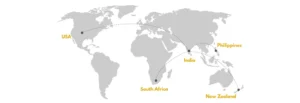
| What to Look For: |
|
7. Alumni Success Stories
A school’s reputation can often be measured by its alumni. Research where their graduates are now. Their success stories speak volumes about our commitment to excellence.
| Questions to Ask: |
|
8. Visit the Campus
If possible, visit the flight school to get a feel for the environment. Experiencing the facilities and meeting instructors can give you a better understanding of what to expect.
| Take a Note of: |
|
To Sum Up
Choosing the right CPL flight training program is a monumental step in your aviation career. By focusing on your goals, prioritizing accreditation, considering the location, and evaluating the program’s facilities and support, you’ll set yourself up for success.
As one of the best CPL flight schools in India, we pride ourselves on being your partners in turning your dream of flying into a reality. With affordable, high-quality training, international tie-ups, and a student-first approach, we ensure every aspiring pilot achieves their full potential. Explore our CPL training programs and let us help you soar toward a bright future in aviation.
FAQs
1. How long is a CPL training course duration?
The duration of a CPL program depends on several factors, including the training school, weather conditions, and individual progress. On average, it takes 12-18 months to complete. At Pilots Academy, we provide a structured timeline to help students stay on track without compromising the quality of training and boast students who have completed their CPL under a year.
2. How much is the CPL program cost?
CPL training is an investment in your career, and costs vary based on location, facilities, and program quality. At Pilots Academy, we offer CPL training at the lowest cost in the market and flexible payment plans to make training more accessible.
3. Can I choose to do my CPL flying training abroad?
Yes! Many students prefer training abroad for exposure to diverse airspaces and advanced facilities. Pilots Academy partners with internationally accredited flight schools in countries like South Africa, Philippines, New Zealand, and the USA, ensuring a seamless transition for aspiring pilots who wish to train overseas.
4. What are the CPL course requirements?
To enroll in a CPL program, you typically need: A 10+2 certificate with a 55% aggregate in Physics, English, and Mathematics (or an equivalent degree from NIOS), a valid Class 1 medical certificate, and proficiency in English language.
5. What is the difference between a CPL and PPL?
A Private Pilot License (PPL) allows you to fly for personal or recreational purposes but not for commercial operations. A Commercial Pilot License (CPL) enables you to work as a professional pilot, opening the door to careers in General Aviation or Commercial Airlines.
6. How can I evaluate if a flight school is right for me?
Look for factors like accreditation, fleet quality, instructor expertise, training environment, and student support.


